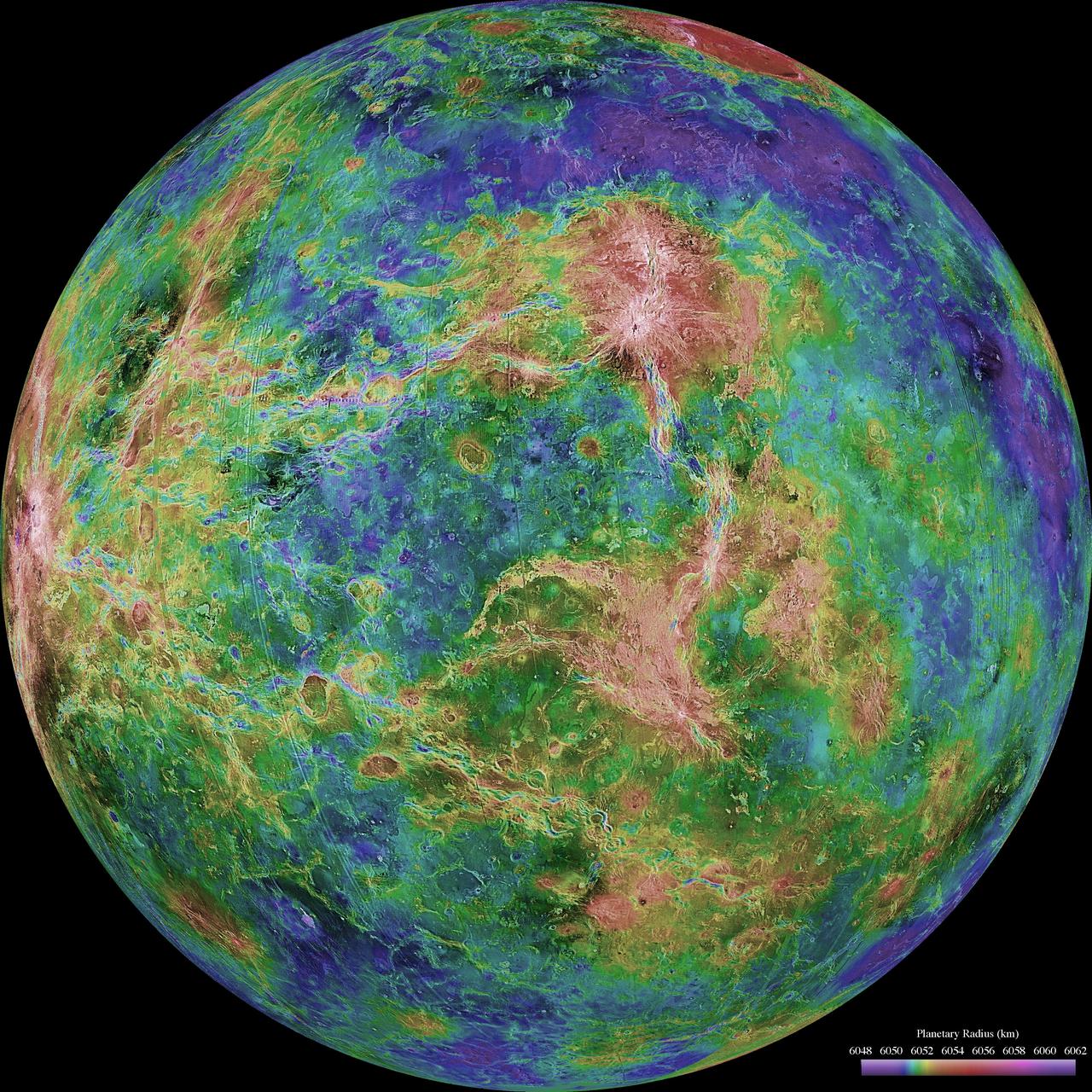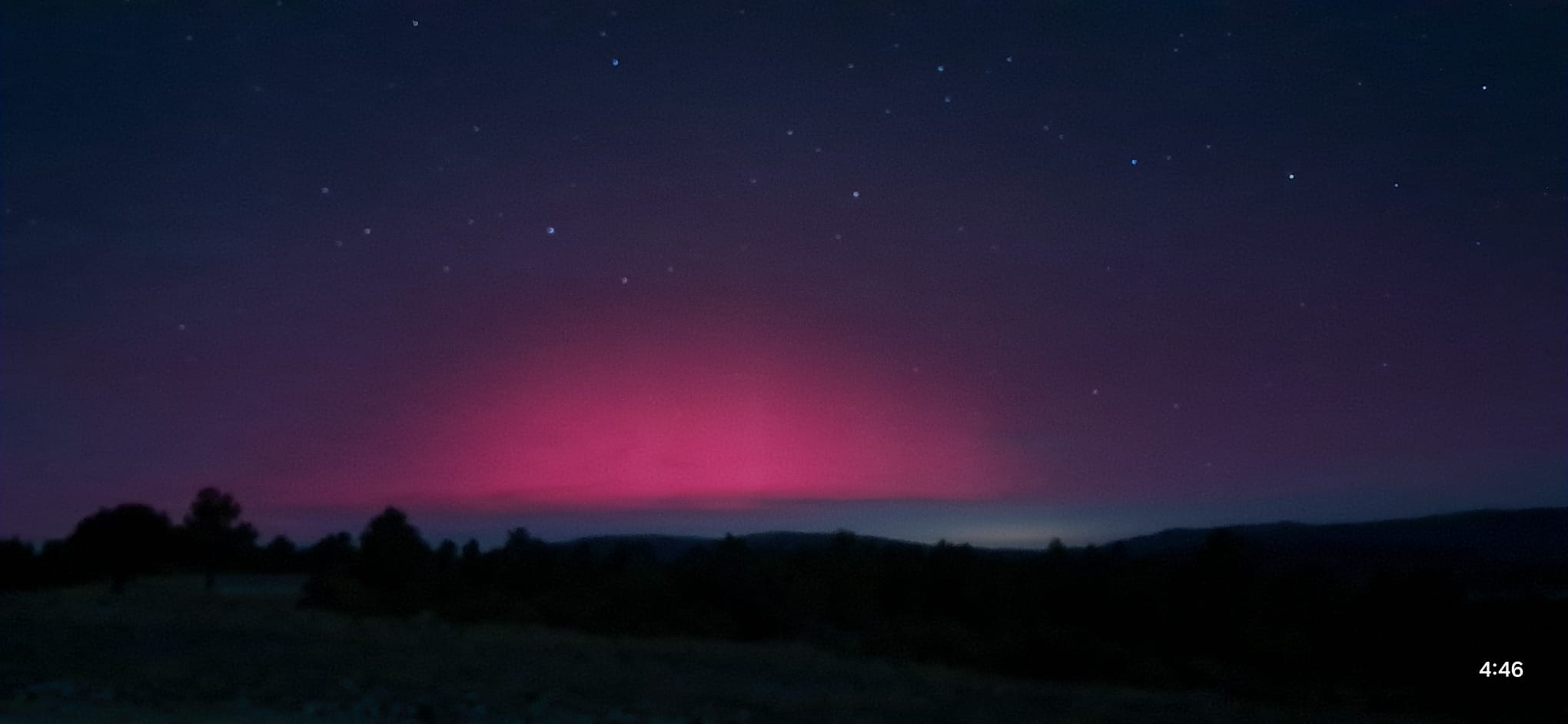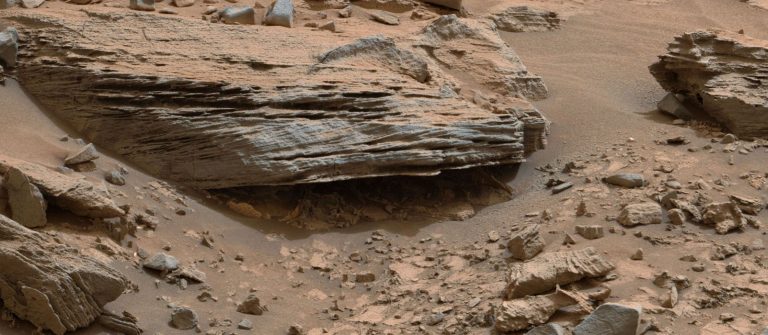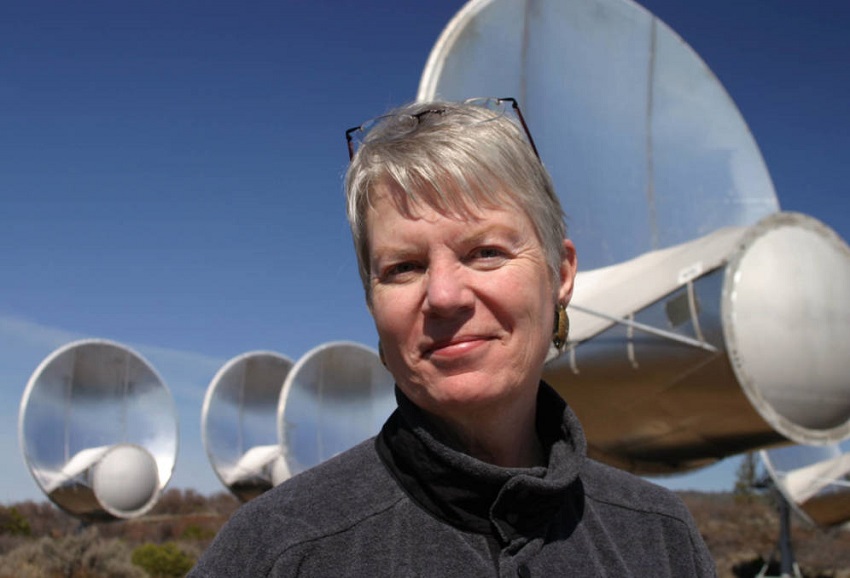Usando el Atacama Large Millimeter/submillimeter Array (ALMA), los astrónomos han encontrado el posible «hermano» de un planeta que orbita alrededor de una estrella distante. El equipo ha detectado una nube de escombros que podría estar compartiendo la órbita de este planeta y que, se cree, podrían ser los componentes básicos de un nuevo planeta o los restos de uno ya formado. De confirmarse, este descubrimiento sería la prueba más contundente hasta ahora de que dos exoplanetas pueden compartir una órbita.


